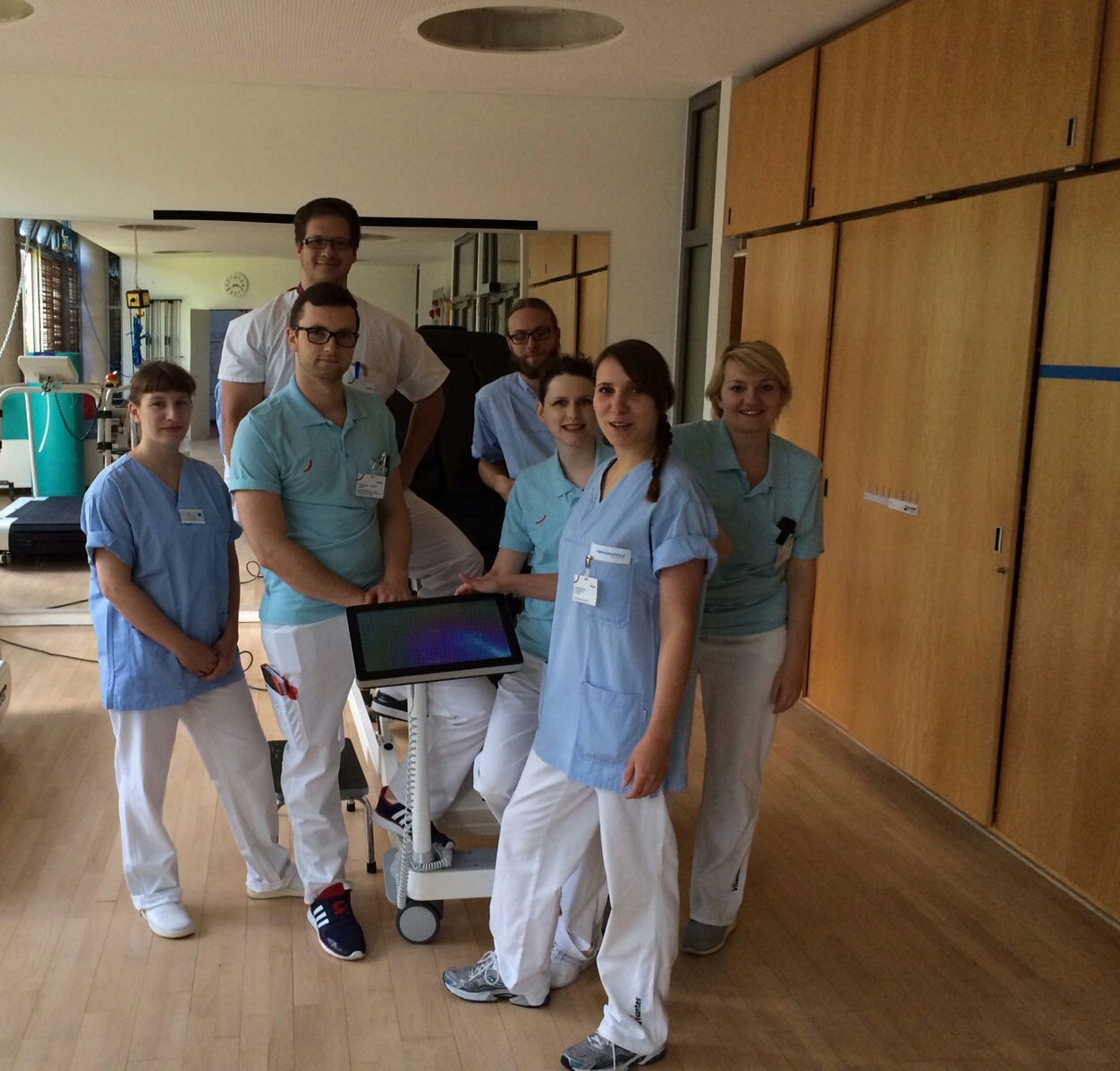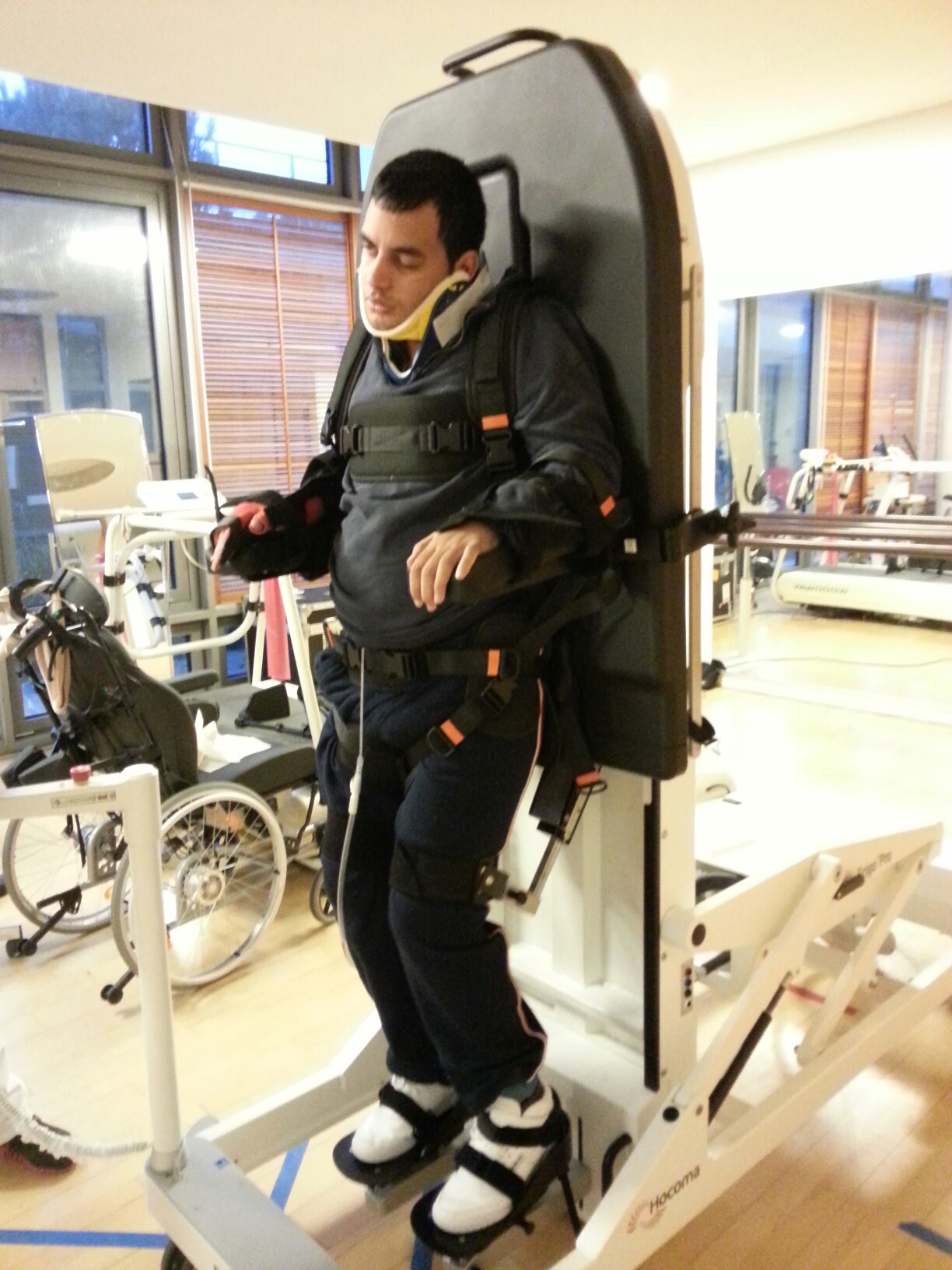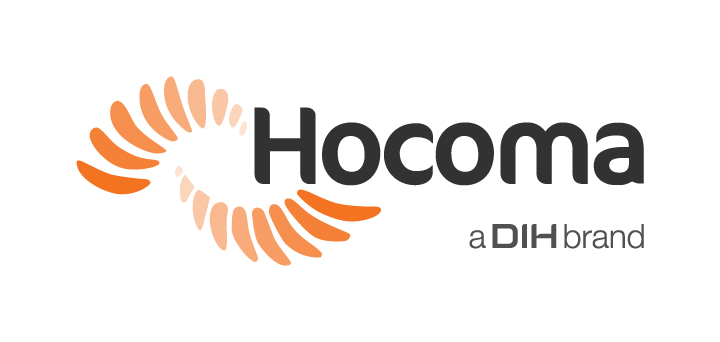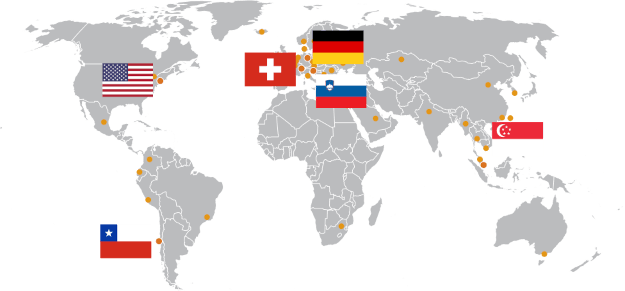August 19, 2015
Clinical Integration of the Erigo®: Vivantes Hospital Spandau

The Erigo therapy team at the Vivantes Hospital in Spandau, Berlin.
Bettina Quentin, Physiotherapist
Vivantes Hospital Spandau, Berlin, Germany
We are working with the Erigo since January 2014 to complement the treatment of diverse neurological pathologies in different units of our hospital. We want to share our integration of the Erigo and hope that other institutions can gather some ideas that might support a successful embedment of the Erigo into their daily routine.
Patient Group
The Erigo enables effective mobilization in our acute unit, stroke unit, in our units for neurologic rehabilitation, and in our unit for severe TBI patients.
Prescription: Inclusion Criteria
The final decision, on whether to start with the Erigo therapy is dependent on several factors. First of all, patients have to be stable enough to be mobilized by therapists. We take cardiovascular parameters, osteoporosis, severe contractures (passive ROM), spasticity (Ashworth Scale) compliance and other appearances like internal bleedings that could avoid mobilization into consideration. Secondly, the patient’s height has to be within the Erigo’s height limits.
Duration and Frequency of Erigo® Sessions
At the moment our Erigo is running about 16 to 24 hours per week and patients are trained 3 to 4 times per week on the Erigo. A complete therapy session including transfers and setup takes between 45 minutes and one hour.
The duration of the treatment period with the Erigo highly depends on the patient’s functional progress, but is at least one month.
We use the Erigo as a preparation for longer phases of standing upright and it is used preceding to other devices to train gait activity.
Organization: Responsible Therapy Team
At the Vivantes Klinikum Spandau Physiotherapists and Occupational Therapists work with the Erigo.
For the coordination of the Erigo sessions we’ve introduced a timetable, where the therapists can book hourly time slots for their patients.
The execution of additional therapy (co-therapy) during an Erigo session is very individual and depends on the therapists. Possibilities for co-therapies are mobilization and task specific training of the upper extremities and coordination training. Our therapeutic approach is multi-professional and depends on the International Classification of Functioning, Disability and Health (ICF) goal setting.

Erigo® patient at the Vivantes Hospital Spandau.
Reasons to Include the Erigo® as Part of the Therapy Program
We see the following advantages our experience with the Erigo in our hospital’s daily routine:
- In general, early mobilization as a prevention of possible secondary complications such as spasticity, contractures and muscle atrophy. Erigo as a tool supports us in the delivery of mobilization.
- We use repetitive training of the lower extremities as a preparation for standing and for the restoration of motor skills
Specific features that we like from the devices are:
- Robotic support adapts to the individual capability of the patient
- Exact adaption of the tilt angle and the cadence of the leg movement for optimal challenge
- Different stepping patterns depending on the therapy goal
- Reporting function directly on the device as efficiency control for therapists and patients.
- Successful implementation of the Erigo in a multi-professional team
- Easy maneuverability of the device between different units of the hospital
Based on the ICF the use of the Erigo in our clinic achieved the following:
Body functions and structure:
- Strengthening of leg muscles due to active-assistive participation
- Augmented weight bearing as a functional stimulus
Activities and participation:
- Independent sitting
- Preparation for standing
- Increased attention on the affected extremity
The Erigo is an excellent hands-off therapy since a reduction of robotic support of the less affected leg forces the patient to actively contribute to the movement which ultimately augments activation of the more affected leg. Therefore the Erigo allows us to adequately challenge the patient and to work close to his individual performance limit. This, we believe, is one reason why Erigo therapy is very well accepted by our patients.
Other Therapies Provided in Addition to Robotic Rehabilitation
- Physical therapy (Bobath)
- Ergotherapy (Bobath)
- Electrical stimulation
- Robotics in general (Lokomat, Armeo, Amadeo, Hirob)
- Mc Millan (water therapy)
- Speech therapy
- Anti-spastic drug treatment
Billing and Financial Compensation of Erigo® Therapy
There is no special refunding for our robotic treatment in general. Robotics, especially Erigo, is a part of the rehabilitation process at our hospital, which is covered by the health insurance.
In other occasions our medical director visits private patients who pay the therapy on their own. Private patients pay a doctor’s fee and for the treatment time they receive. The charge is the same for Erigo treatment as for other types of therapy.
About us
The Vivantes Hospital Spandau and the Humboldt Hospital in Berlin each include an acute neurorehabilitation unit (phase B). Robot-assisted therapy integrated into an interdisciplinary team is one of the main foci of these units. Therefore, we purchased several different robot-assisted therapy devices as the Erigo, the Eksobionics, the gait trainer GT1, units from Tyromotion, Reha-digit as well as solely mechanical devices like the Reha-slide and the Duo-slide. This palette of devices enable us to provide an efficient, high quality and holistic approach of neurologic rehabilitation.
This clinical experience report is meant to serve as an example of how the Erigo is integrated into the clinical setting in one individual hospital. It is not necessarily a standard recommendation from Hocoma.


